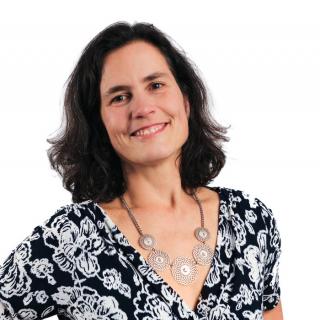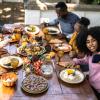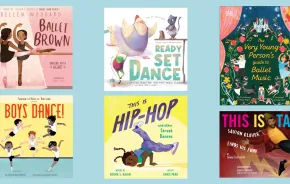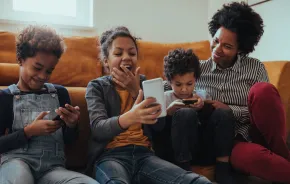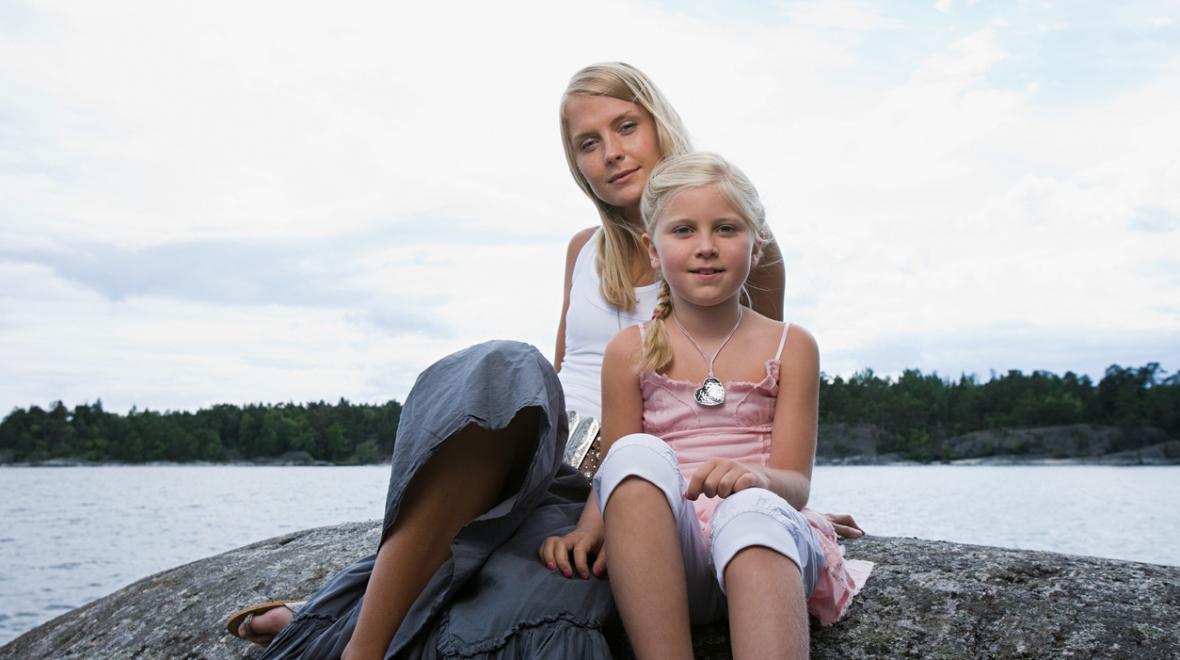
Do we really need another parenting book about how another country is doing it better?
That was the question that came to mind when Linda Åkeson McGurk’s new parenting memoir/manual (release date Oct. 3) crossed my desk recently. Since reviewing "Bringing Up Bebé" in 2012, I’ve had a front-row seat to the cottage industry of global parenting books that seem to specialize in telling American parents all that they’re doing wrong.
But in the case of McGurk’s book, the answer is a resounding “yes.” Titled "There’s No Such Thing as Bad Weather: A Scandinavian Mom’s Secrets for Raising Healthy, Resilient, and Confident Kids (from Friluftsliv to Hygge)," the book (despite its title) is less of a prescription than a highly readable account of McGurk’s struggles to raise daughters according to her native Sweden’s culture of open-air living, or “friluftsliv” — one that every parent can relate to and learn from.
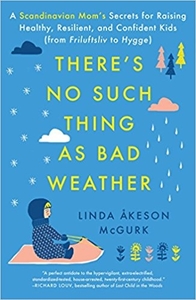
A transplant to rural Indiana by way of marriage, McGurk is determined to re-create her nature-centric childhood for her daughters. She parks their prams outside for naps (a common Scandinavian practice which once famously got a Danish couple arrested in New York City); takes them out in all kinds of weather (friendly locals often stop to offer them rides); and hikes with them in the one nature preserve within driving distance — until the day she receives a $123 ticket for letting her kids stray off trail and swim in a pond.
That, she says, was the last straw.
“I was starting to question whether it was at all possible for my daughters to have a childhood anything like my own. Unless I took them to my native Sweden.”
When a family illness provided a reason to return, she heads back with her now 4- and 8-year-old daughters in tow, wondering what she’ll find. Will the Swedish dedication to exploring nature in all seasons be as strong? Will McGurk’s kids drop their iPads for ice skating? And — most important of all — can her family learn to maintain “frifluftsliv” when they return to the U.S.?
Spoiler alert: Yes, yes and maybe. As McGurk and her children adapt to Scandinavian life and school, she finds that while Swedish kids have as much access to technology as American kids (more, in some cases), it is balanced by the culture’s unwavering dedication to outdoor play and access to nature. This balance is supported by policies such as “allemansrätten,” a common law that gives Swedes extensive rights to recreate (hike, camp, forage, etc.) on private lands.
Kids sled at recess, play in the woods alone and spend class time in “school forests” where they build forts and fires. More unstructured outdoor play even seems to have made her 8-year-old daughter more excited about academics.
Jealous yet? Luckily, McGurk’s book is anything but preachy. She shares freely her own struggles (every parent can relate to her three-tantrum experience of taking her kids cross-country skiing), and outlines dozens of practical tips for everything from family hiking success to kids’ outdoor gear (first stop: “galonisar,” polyester rain pants that come in the form of overalls).
And while a move to Sweden isn’t possible for most of us, the book is rich in studies and ideas that can inspire parents everywhere to “create a village of support,” as she calls it, to prioritize outdoor play.
That’s McGurk’s plan of attack when she returns to Indiana, where’s she pleasantly surprised to find signs of a shift that's reflected in many areas of the U.S., including the Northwest. Outdoor preschool is taking off. Hiking meet-up groups are popping up. Neighborhoods are partnering to create “playborhoods” and Play Streets. Teachers and parents are fighting for more recess.
She turns her energy to joining a community effort to rebuild a local playground; with kids’ input they choose a treehouse theme, with plenty of loose parts, adventure and imagination.
“Call us overly optimistic, but our hope is that if we build it, the kids will come.”




